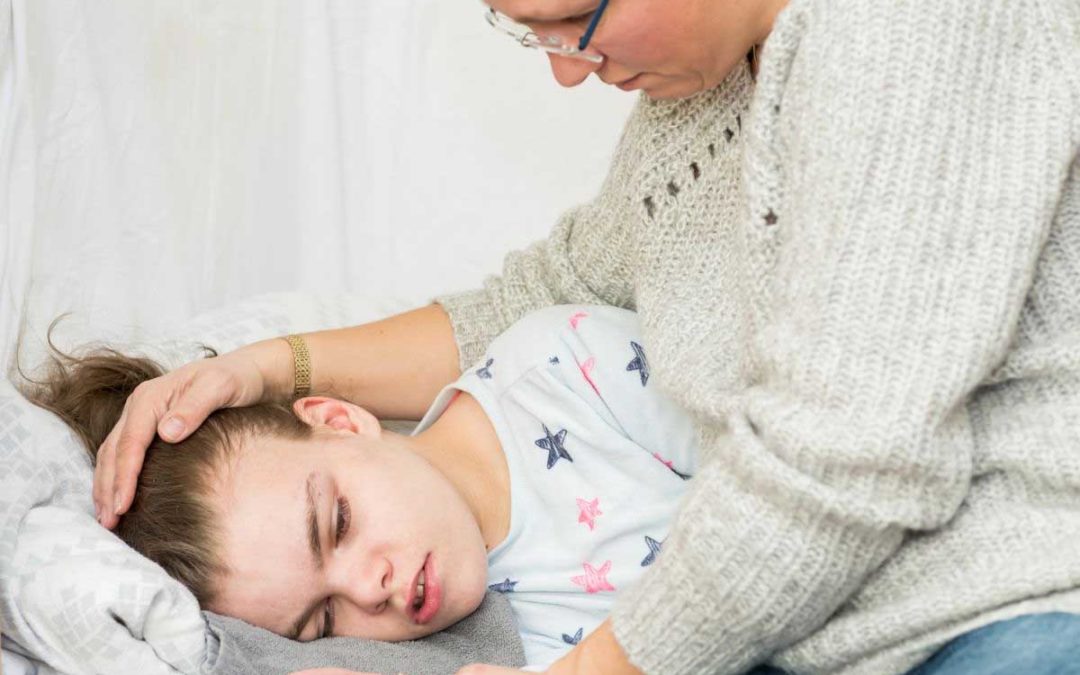What are the causes of epilepsy and seizures in children?
Epilepsy is not only limited to older age but also can occur in children. Usually, epilepsy attacks people due to several factors. Even if it strikes you in older age, it is possible to be due to consequences from youth ages trauma or genetic factors. For children, epilepsy has several factors to happen. The most common reasons for epilepsy in children are the following:-
- Genetic disorders.
- Fever
- Injury in the head.
- Infection in the brain.
- Low oxygen in the blood to reach the brain.
- Excessive water fills the brain cavities.
- Brain Development disorders.
However, there are other uncommon factors for epilepsy in children. Some of the less important cause of epilepsy in children is a degenerative disorder and brain tumors.
Are the reasons for epilepsy and seizures the same?

Things that cause epilepsy and that which produces seizures are not the same. Researches have not yet proved that epilepsy is the cause of immunization. However, they confirmed that the seizure might happen within 2 to 3 days of resistance. If your child is immunized, you shall give him ibuprofen or acetaminophen as a treatment.
Also, the researcher proved that many children have a seizure that loses their potential at the time of adulthood. Their behavior and development get normal. But some seizures cause a delay in growth and intellect.
The viewpoint for seizures does not depend totally on its cause. Let’s take an example of that. Suppose two children have got an infection from the same bacteria and have meningitis. A child shows severe epilepsy, while the other one did not face any seizures.
Why is it so?
One reason can be that the bacteria has affected one child adversely on its brain. While the other, the bacteria has affected the vein, which has led to a small stroke. Also, I can say that one child carries a genetic trait of getting the seizure, and the infection was just a way to get that.
Symptoms of epilepsy in children

Not all children who develop seizures show symptoms. Some of them might have indications for developing seizures; however, unfortunately, it might not be visible to parents. On the other hand, there are noticeable symptoms of epilepsy emergency. General symptoms of a seizure in a child are as follows: –
- Body getting stiffed.
- Staring
- Jerking of legs and arms.
- Loss of mind.
- A problem in breathing.
- Being in a haze or appearing confused.
- Loss of bladder or bowel control.
- Falling suddenly due to a lack of consciousness.
- Acting healthy to words or noise for an extended period.
- Rapid eye blinking.
- The head is being nodded rhythmically due to loss of awareness.
Absence seizures
What is the diagnosis for absence seizures?

CAE or the Childhood Absence Epilepsy is a group of syndrome along with absence seizure. It occurs in young children. The child loses consciousness. The eye of the child may not blink, or it may roll up for a short time. Unfortunately, some parents do not pay attention to this feature. Also, some epileptic children may face repetitive movements, or example – mouth chewing. It generally settles after 10 seconds, and the child again starts to act normal. Usually, teachers at school can recognize such a symptom on the child. He might miss a small part of the session. Thus, if you are a teacher, it is better to ask the child which the last part he remembers during the session. If you ever felt that the child lost concentration for a few seconds, you shall report that to his/her parents. There is a crucial diagnosis to be taken for absent epilepsy. These diagnoses are as follows: –
To know proper seizure activity, an EEG (electroencephalogram) it should be done. Sometimes, for three to five minutes, the child will be asked to be hyperventilated. Due to the quick breathing, absence seizure will get triggered. An EEG can show wave and spike discharge at 3 Hertz.
- Only hyperventilation a patient can undergo in the absence of an EEG during an office visit.





